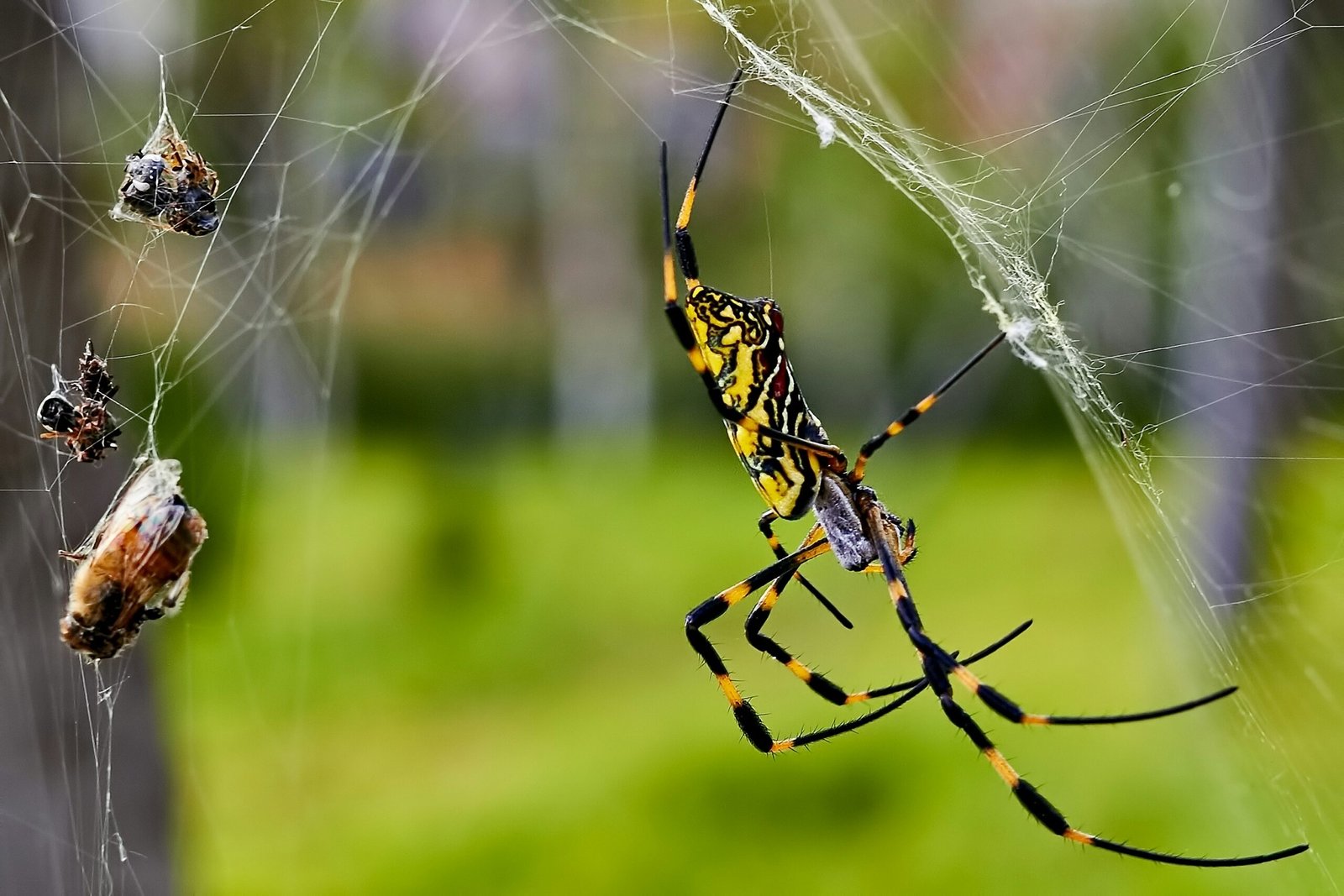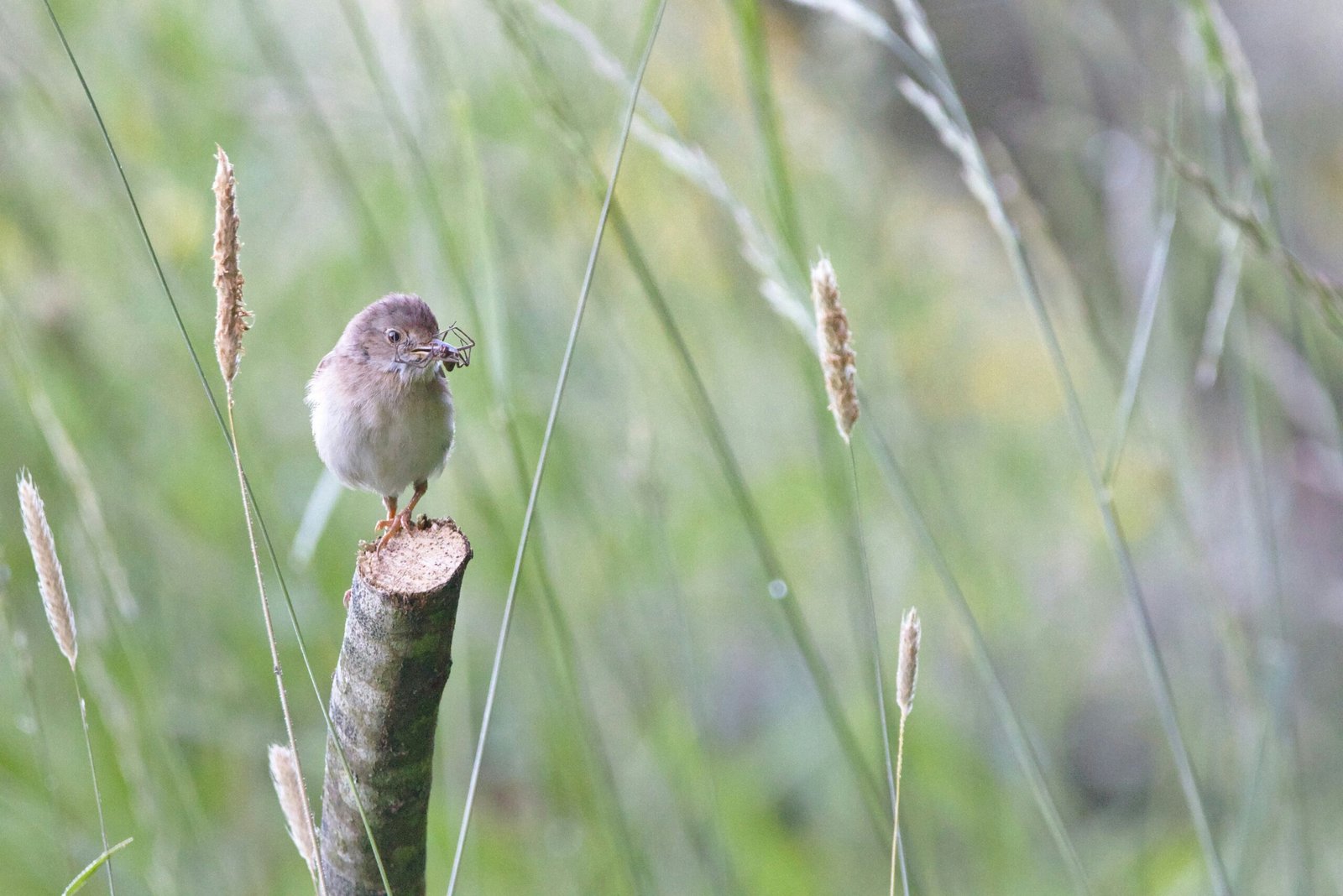How do you handle aggression in a communal setup of tarantulas, especially during feeding time? This is a challenge many enthusiasts face when managing a colony of these fascinating yet sometimes unpredictable creatures. As you step into this unique world, it becomes essential to understand the dynamics at play, ensuring that each tarantula in your care thrives without those unwanted aggressive encounters.
Understanding Tarantula Behavior
Before jumping into managing aggression, it’s crucial to comprehend the behavior of tarantulas. These creatures, often misunderstood, are solitary by nature. However, when creating a communal setup, you’re challenging their instinct to be isolated hunters. By grasping their actions and triggers, you can implement strategies that reduce conflict.
Tarantula Communication
Though tarantulas don’t communicate verbally, they have their own methods. Body language, vibrations, and chemical signals play significant roles. Observing these can give you insights into their mood and intentions, allowing you to anticipate any rising tension. Recognizing when a tarantula is feeling threatened or aggressive can help you act in time to prevent escalation.
Aggression Triggers
Certain factors can lead to increased aggression in a communal tarantula setup. These include hunger, stress from inadequate space, and the introduction of new individuals. During feeding, tensions can be particularly high, making it the most critical time to monitor their behavior closely.
Designing the Communal Setup
Creating a conducive environment is the first step in managing aggression. The setup needs to minimize stress and promote peaceful coexistence.
Adequate Space
When crating a communal habitat, it’s essential to ensure adequate space. Each tarantula needs enough personal territory to feel secure. Typically, this means providing an enclosure that offers at least two square feet per tarantula, with ample hiding spots.
| Tarantula Quantity | Minimum Enclosure Size |
|---|---|
| 2-3 | 4-6 square feet |
| 4-6 | 8-12 square feet |
| 7-10 | 14-20 square feet |
Creating Hiding Spots
Having numerous hiding spots is incredibly beneficial for reducing aggression. It allows each tarantula to have its withdrawn space where it can retreat and feel unthreatened. Consider using bark, artificial plants, or specially designed hides to create these areas.
Environmental Stability
A stable environment significantly reduces stress. Maintaining consistent temperatures, humidity levels, and lighting conditions helps create a predictable and calming habitat for your tarantula colony. Abrupt changes can lead to stress, potentially triggering aggression.

Strategic Feeding Techniques
Feeding time can be exhilarating to watch but it’s also when tensions can peak. Implementing strategic feeding techniques is essential to manage aggression.
Synchronize Feeding
Feeding all tarantulas at the same time ensures that no individual feels the need to compete aggressively for food. This reduces the likelihood of one tarantula encroaching into another’s space, minimizing conflict risks.
Adequate Food Supply
Always provide more than enough food for all the tarantulas. Hungry tarantulas are more aggressive, so ensuring everyone has their fill can significantly decrease hostile interactions during feeding times.
Observing Feeding Times
Taking the time to watch your tarantulas during feeding helps identify any individuals showing excessive aggression. You can then isolate such individuals temporarily during future feedings to prevent potential conflict.
Handling and Intervention Techniques
Understanding when and how to intervene can be vital in maintaining harmony within your communal setup.
Identifying Aggressive Individuals
Monitoring your tarantulas regularly allows you to pinpoint which individuals are more prone to aggressive behaviors. Isolating these individuals temporarily during meals can be an effective way to curb aggression in the group dynamic.
Using Tools for Safe Intervention
When intervention is necessary, using soft tools like brushes can help gently guide aggressive tarantulas back to their space without risking a defensive response to hand movements. This method keeps both you and the tarantulas safe from harm.

Preventive Measures for Long-Term Success
Prevention is key to long-term success in a communal tarantula setup. By implementing a few key practices, you can reduce stress and prevent aggression in your setup.
Regular Habitat Maintenance
Regular cleaning and maintenance of the enclosure are essential to prevent stress-induced aggression. Keep the environment clean, remove uneaten food, and refresh water sources to ensure a healthy setting for your tarantulas.
Monitor Health and Stress
Consistent checking for signs of illness or stress helps in catching issues early. Stress can lead to aggression, and by addressing the root causes, you can maintain a peaceful communal environment.
Gradual Introductions
If you plan to introduce a new tarantula into the communal setup, do so gradually. Placing the newcomer in a separate enclosure near the communal setup for a week or two can help them get used to the sights and scents of their new companions, minimizing stress and potential aggression.
The Importance of Continuous Learning
Continuously learning about tarantula behavior and staying updated with new research can significantly enhance your knowledge and management strategies. As you gain more experience, your understanding of these fascinating creatures will deepen, contributing to a thriving communal setup that minimizes aggression.
Engaging in Communities
Joining online forums or local clubs dedicated to tarantula care can provide a wealth of information and support. By engaging with experienced tarantula keepers, you can gain valuable insights and advice tailored to your specific situation.
Staying Informed
Scientific understanding of tarantulas continues to evolve. Keeping abreast of new studies and findings can help you refine your techniques, ensuring that your communal setup remains harmonious and safe for all its inhabitants.

Conclusion
Managing aggression in a communal setup of tarantulas during feeding is a multifaceted task. It requires understanding tarantula behavior, creating an environment conducive to harmony, employing strategic feeding techniques, and knowing when to intervene. By following these guidelines, you can foster a peaceful communal environment where your tarantulas not only coexist but thrive.
Remember, patience and observation are your best tools. With these strategies, your communal tarantula setup can become a success story, offering you a unique glimpse into the captivating world of these extraordinary creatures.